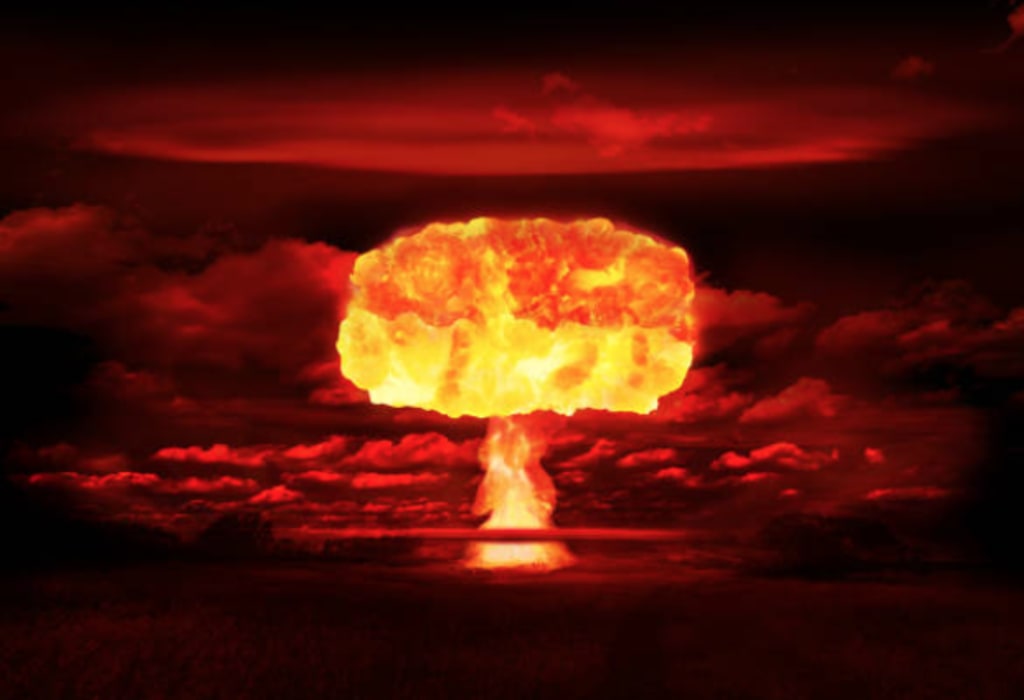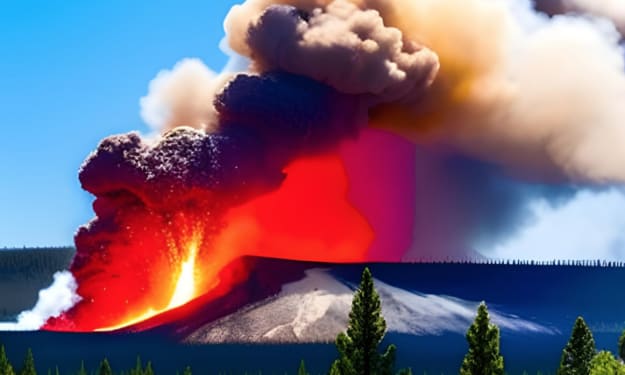"Apocalypse Averted? Surviving the Nuclear Abyss"
Exploring Survival Strategies and the Post-Apocalyptic Earth

The prospect of a nuclear bomb detonation ushering in the end of the world has haunted humanity for decades. Yet, amidst the darkness, there remains a glimmer of hope. By understanding the nature of these cataclysmic events and preparing accordingly, people have a chance to survive the aftermath and rebuild a new world from the ashes.
The Nuclear Catastrophe:
A single nuclear bomb detonation can have devastating consequences, leading to widespread destruction and loss of life. The detonation releases an immense amount of energy, causing a massive blast wave, intense heat, and deadly radiation. Entire cities can be leveled, and the resulting nuclear fallout can contaminate vast areas, rendering them uninhabitable for years or even centuries.
Surviving the Event:
1. Seek Shelter:
The key to surviving a nuclear bomb detonation lies in seeking immediate shelter. Underground structures, such as basements or specially designed bunkers, offer the best protection against the initial blast, heat, and radiation. Ideally, these shelters should be reinforced with thick concrete or lead shielding to minimize exposure to radiation.
2. Stockpile Supplies:
Preparing for the aftermath is crucial. Stockpile essential supplies like food, water, medical kits, and necessary medications. Having a sufficient quantity of these items will ensure survival during the initial chaotic period and the subsequent recovery phase.
3. Establish Communication Networks:
Maintaining communication networks is vital to reconnect scattered survivors and facilitate coordination. Ham radios or satellite phones can be reliable options in the absence of traditional communication infrastructure. Creating a network of survivors will enhance resource sharing and increase the chances of long-term survival.
4. Adapt to Sustainable Living:
The world after a nuclear bomb detonation will be drastically changed. Embracing sustainable living practices will be crucial to surviving and rebuilding society. Cultivating small-scale farms, harnessing renewable energy sources, and practicing resource conservation will help ensure long-term survival and minimize the impact on the environment.
The Condition of the Earth:
In the aftermath of a nuclear bomb detonation, the Earth will be a bleak and desolate place. The immediate impact zone will be reduced to rubble and ash, with little chance of immediate recovery. The surrounding areas will suffer from nuclear fallout, resulting in high radiation levels and long-term environmental contamination.
However, over time, nature will begin to heal. Vegetation will slowly reclaim the scorched landscapes, and wildlife will gradually return. Humans, too, will strive to rebuild society, focusing on resilience and collaboration. As communities emerge from the ashes, they will face the monumental task of decontaminating and reclaiming the land, rebuilding infrastructure, and ensuring a sustainable future for generations to come.
Conclusion:
The specter of a nuclear bomb detonation remains a chilling threat to humanity. However, amidst the despair, there is a glimmer of hope. Through understanding the nature of these catastrophic events and taking proactive measures, there is a chance for survival and the eventual emergence of a new world.
The immediate response to a nuclear detonation must involve seeking shelter. Underground structures fortified with thick concrete or lead shielding provide the best protection against the initial blast, heat, and radiation. Simultaneously, stockpiling essential supplies such as food, water, medical kits, and medications is vital for enduring the chaotic aftermath and the subsequent recovery phase.
Establishing communication networks is another crucial step in the journey towards survival. By connecting scattered survivors through means such as ham radios or satellite phones, coordination and resource sharing can be facilitated, increasing the odds of long-term resilience.
Adapting to sustainable living practices will be paramount in the post-nuclear world. Embracing small-scale farming, renewable energy sources, and resource conservation will not only ensure long-term survival but also minimize the impact on the environment, promoting a more sustainable future for generations to come.
While the Earth will initially suffer from the devastation of a nuclear bomb detonation, the resilience of nature will slowly restore life to the desolate landscapes. Communities will emerge from the ashes, undertaking the monumental task of decontamination, infrastructure rebuilding, and creating a sustainable future.
The journey to recovery will be challenging and require a collective effort, but humanity has the capacity to rise above the horrors of the past. By committing to preparedness, resilience, and sustainable practices, a new world can be forged, where the nightmares of nuclear catastrophe are left behind, and the promise of a brighter future shines through.






Comments
There are no comments for this story
Be the first to respond and start the conversation.